Roadside trees are not merely roadside trees. Roadside trees are living condominiums, packed with other organisms. They are functioning communities, complete with food chains, predators and prey, nutrient capture, nutrient cycling and recycling, and an organisational hierarchy. They extend their influence vertically upwards, horizontally and downwards. They are ecosystems in their own right.
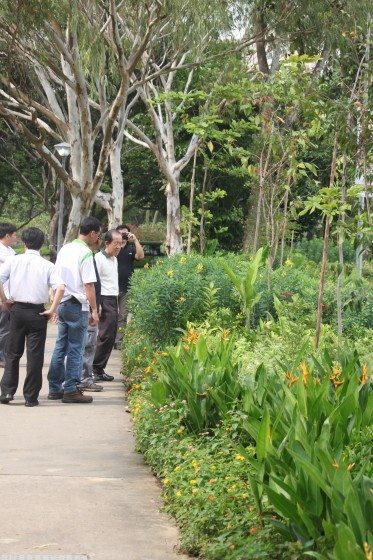
Naturalists who have access to the riches of the true forest tend to be rather dismissive of the tree community along roadsides. It is a community that is obviously impoverished, consisting of a few hardy, widespread species that are not threatened, and do not need conservation assistance. Yet where would we be without those roadside trees? Biologically, a lot poorer. One of the extraordinary features of Singapore, for a visitor from other cities in the region, is the sound of Hill Mynas and Racket-tailed Drongos in suburban gardens; the sight of Honey Buzzards in trees along the main shopping street of the business district; or roosts of Long-tailed Parakeets close by one of the busy railway stations. The Mynas and the Parakeets are birds of the primary lowland rain forest, where they live in the tree canopy. Elsewhere in the region they have often been trapped out by the caged bird trade, or have simply found the vegetation within cities impossible to use as habitat. In Singapore, these birds find plenty of tall trees and they really don’t care that much what happens on the ground beneath them, whether it involves a pedestrian walkway or a group of joggers. What they need is the fruits in the canopy, and in Singapore, what they need is what they get.
In the rain forest, of course, everyone knows about complexity, hierarchies, interactions, communities and guilds. But the same is also true of the trees planted out in the urban environment, except that they have received less attention from community ecologists.
In the good old days of traditional biology teaching, final year students taking their ‘spot’ quiz at the National University of Singapore would inevitably be faced with one small, featureless, orange-green organism. Some years it would be presented by the examiner as a dry powder, sometimes as a liquid sludge, or occasionally attached to its natural substrate on tree bark. This is Trentepohlia, a genus of 36 species of chlorophyte algae. It grows on the bark of many roadside trees in Singapore as an orange scurf, and on the trunks and foliage of trees in the rain forest. It is also one of the algae known to form symbiotic associations with fungi, i.e., lichens. As species of algae and species of fungi combine to form further species of lichens, this becomes an interesting case in which the total diversity is greater than the sum of its parts.
In Singapore there are roughly 2.9 million roadside trees, planted by the National Parks Board and the town councils and tracked and managed individually along the nation’s 6,000 kilometers of roads. In a tiny city state, a high density of roads is inevitable, and the road surfaces together with the planted road reserves and central dividers make up about 12 percent of all land.
These managed trees are made up of some 600 species; this means that planted tree alpha diversity (simply, the absolute number of species present) is not far off the tree diversity of the rain forest in our nature reserves, where there are roughly 2,145 native plant species, of which roughly 700 are trees. In the rain forest, of course, everyone knows about complexity, hierarchies, interactions, communities and guilds. But the same is also true of the trees planted out in the urban environment, except that they have received less attention from community ecologists.
Trees as fundamental building blocks
Singapore has been pursuing the idea of a garden city since 1965, a concept that has now been tweaked to become “A City in a Garden.” Until the 1970s, tree species were chosen mostly for providing shade. Another layer of consideration was added from 1979 onwards, with species chosen for the colour of their flowers and variety of foliage. To these have been added considerations of maintenance, suitability for birds and butterflies, avoidance of unsightliness or risk (for example, slippery fruits falling on public walkways), and structure. Roadside plantings no longer consist only of trees, but include shrubs, palms, subcanopy trees and emergent trees to make a complex 3-D green environment. This extends upwards (to rooftop and vertical greenery), inwards (to indoor planting, with examples in Changi Airport and in offices in the central business district), and downwards (for example, beneath flyovers).
At one time cleanliness and neatness were prized, manicured vegetation was the order of the day, and that meant epiphytes – plants growing on other plants – were unwelcome. That situation began to change with the deliberate strapping onto branches of selected ferns, notably Birds-nest Ferns, Asplenium nidus. With that step, it was no longer normal practice to discourage epiphytes, and other species began to proliferate simply because they were undisturbed. The high rainfall in Singapore (around 2,400 millimeters per annum) and typically high humidity helped these species to thrive.
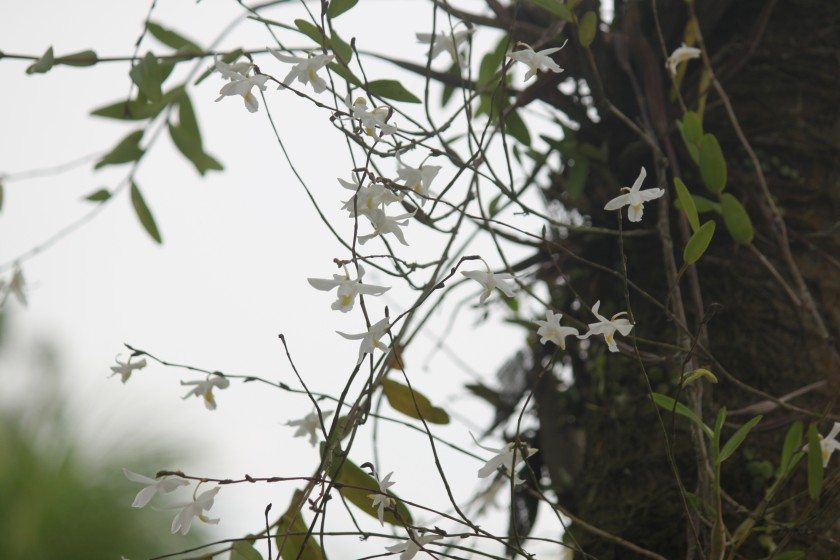
Another major internal management change was the orchid conservation plan of the National Parks Board that has reintroduced thousands of native orchids onto trees. Whether they are self-propagating clones or not, orchids around the city tend to flower in synchrony: the Pigeon Orchid, Dendrobium crumenatum, is a classic case in which mass flowering occurs nine days after a critical low temperature night. Bulbophyllum vaginatum is another gregarious flowering orchid whose blossoms can light up the boughs of an entire row of trees.
The trees that epiphytes inhabit have been termed “phorophytes” (plant-bearers), and their inhabitants include epiphytes, hemi-epiphytes, climbers and epiphylls. But this is only the beginning of complexity. Within the trees are wood-borers and creatures living beneath the bark. Spotted Wood Owls use the Birds-nest Ferns as nesting sites (these ferns are truly named); ants form colonies amongst the ferns’ spongy root-mass and forage throughout the tree while tending aphids and scale insects. Within the tree, a cavity provides a niche for fungi, nematodes, bats, beetles and small centipedes, woodlice, termites, ants and colonies of bees and wasps. In the leaves of the tree are leaf-miners, in the shoots are viruses causing ‘witches broom,’ and on the twigs are galls.
Below ground, mycorrhizal associations between tree roots and fungi are hidden until a rainy spell encourages a mass appearance of mushrooms beneath the tree. Might a first estimate be one species of fungus per species of tree? Mulching of trees might introduce fungi other than the mycorrhizae.
Then we have the pollinators and nectar feeders – birds, bees, butterflies and bats. Fruits are being eaten and dispersed by a range of vertebrates. Inside figs, fig wasps are completing their frantic lives. Even before they have dropped from the tree, fermentation of overripe fruits has been initiated by bacteria and additional fungi. Above a flowering Alstonia tree, a swarm of tiny flying invertebrates attracts a feeding flock of swiftlets. The swiftlets and the nesting owls have specialised internal and external parasites, some of them unique. The termites parading up and down the trunk are bringing in yet more organisms, and carry their own specialised intestinal flora that helps break down cellulose. The levels of diversity go on and on.
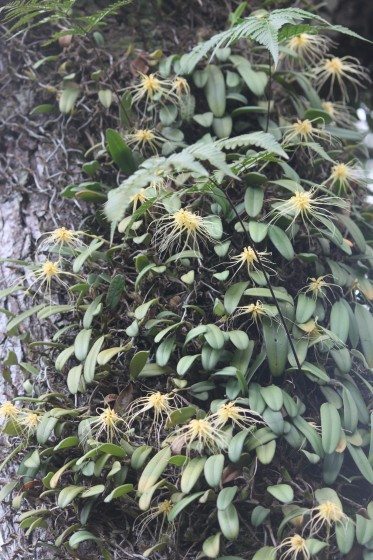
Such a diversity of life dependent on trees has been known and studied everywhere that trees grow – but usually not on roadside trees in cities. In Washington state, west of the Cascade Mountains, Richard Pederson (1991) (of the US Forest Service) found that 39 species of birds and 14 species of mammals depend on tree cavities for their survival. East of the Cascades, 39 bird species and 23 mammal species depend on these ‘snags.’ Pederson (1991) and Bottorff (2005), of Washington State University, found that in total, more than 100 species of birds, mammals, reptiles and amphibians need snags for nesting, roosting, shelter, denning and feeding (45 species alone forage for food in such trees). In North America, hollow snags and large knotholes are used by many species of mammals, such as squirrels, martens, porcupine and raccoons.
Zack, George and Laudenslayer (2002) compared the density of snags, snags formed into cavities, and cavity-nesting bird use at two sites in northern California – one site with large trees and large snags because of protection from logging, and the other where a century of logging had left few large trees and snags. Total snags were three times more numerous in the protected forest, and use of cavities by nesting birds was 15 times greater (2002). Clearly, roadside trees, whether in North America or in Singapore, cannot be allowed to grow in so unregulated a way that snags and cavities reach a maximum. Public safety is a major driver of roadside tree management. Yet the diversity in Singapore proves that even regularly pruned and managed trees can support a high number of epiphytes, and that these are the foundation of a complex plant and animal community.
The diversity of trees, with differing shapes and bark textures, helps to support high diversity of epiphytes. In a geometric progression, the epiphytes then provide multiple niches within living and decaying tissue, roots and leaves, for the huge range of fungi, insects, birds, butterflies, and other organisms in the city. If the community is fractured by the removal of epiphytes, many other organisms suffer. Once epiphytes are tolerated or, even better, encouraged, the community flourishes.
What are the epiphytes?
In a recent study, student Ng Qi Qi (2015) from the National University of Singapore surveyed more than 12,000 trees of 306 species and found 81 species of epiphytes growing on them. The top 17 species of epiphytes (in the broadest sense) were:
Ferns
Pyrrosia piloselloides
Davallia denticulata
Asplenium nidus
Pyrrosia longifolia
Vittaria ensiformis
Drynaria quercifolia
Mistletoes
Dendrophthoe pentandra
Macrosolen cochinchinensis
Climbers
Passiflora suberosa
Epipremnum aureum
Mikania micrantha
Paederia foetida
Epipremnum pinnatum
Tetracera indica
Orchids
Dendrobium crumenatum
Grammatophyllym speciosum
Cymbidium finlaysonianum
Some of the biggest epiphytic surprises in Singapore are examples of plants that really shouldn’t be epiphytes at all. Oil palm (Elaeis guineensis) and banana (Musa esculenta) have been seen growing where they were never designed to be, probably distributed by birds or civets. Dragon fruits (Hylocereus undatus and H. polyrhizus) are also a visual surprise.
The roadside tree in Singapore most often bearing at least one species of epiphyte is Albizia saman, followed by Tabebuia rosea and Pterocarpus indicus. Phorophyte species with reticulate or longitudinally fissured bark have a higher proportion of trees with at least one epiphyte found on them. Rough bark seems to be more favourable for supporting the formation of epiphyte communities; intuitively, irregularities in bark provide niches for seeds to lodge, for roots to penetrate, and for nutrients and moisture to gather. The three species of trees mentioned can therefore be seen as keystone species in supporting a roadside epiphyte community: not only the presence of trees, but the selection of suitable trees is important.
It is common to find many different species of epiphytes on a single tree species, and even on a single individual tree. However, Zotz and Heitz (2001) have suggested that, unlike in other plant communities, challenges such as interspecific competition and herbivory do not seem to be an issue for epiphytes. This means that the epiphyte community, including that on roadside trees, functions in somewhat different ways from the biological community within forest. It is therefore of intrinsic scientific interest. Some factors that influence the structure of epiphyte communities include the size of the supporting tree, its bark type, and water availability. In the Americas, Gentry and Dobson (1987) found that wet forest had an epiphyte diversity 500 times greater than that of dry forest. They compared this with the diversity of herbs and lianas, which were only twice as diverse in wet forest as they were in dry forest (where the epiphytes were mostly orchids and bromeliads). The epiphyte community on roadside trees should be of interest and concern because of the relative exposure of roadside trees to open, drying conditions as well as vehicle emissions and urban heat island effects.
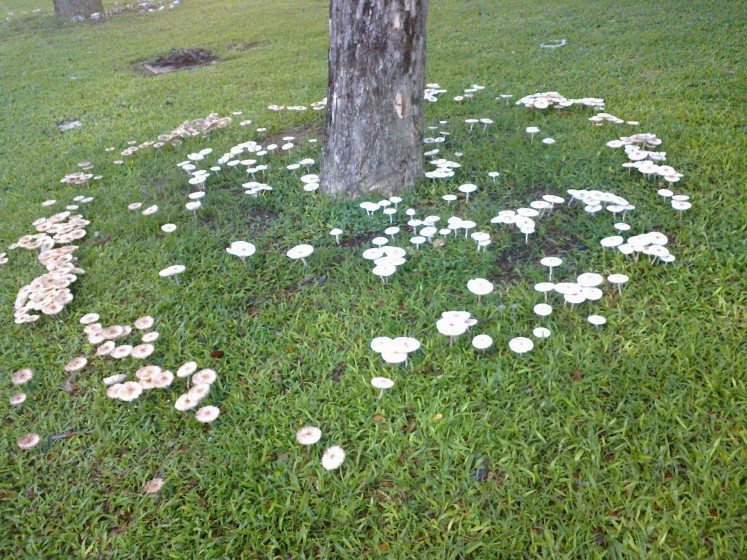
Concerns for the future
Singapore, like other countries in Southeast Asia, is vulnerable to the prolonged droughts initiated by El Niño years. These place huge stress on epiphytes and the living communities they support. In the same Singapore study mentioned above, Ng Qi Qi found that during the February 2014 drought, Vittaria ensiformis was the species most vulnerable to death by drought, followed by the poorly adapted climbing herbs Passiflora suberosa and Paederia foetida (study year). Orchids have adaptations to resist drought, such as pseudobulbs and large root masses: the two large orchids Grammatophyllum speciosum and Cymbidium finlaysonianum came through the 2014 drought successfully.
Morphology and water stress adaptations are likely to be the reasons behind the different extirpation rates of these plants during drought (Ng 2015), while the type of tree they were growing on did not seem to have much effect. The size of the supporting tree also did not seem to have an impact on the survival rate of epiphytes during drought, except for one of the mistletoes.
Nevertheless, microclimate will continue to be a concern, and 3-D planting in place of serried ranks of military roadside trees is likely to be a factor in maintaining humidity and buffering drying winds. Pruning, removal of risky branches, and repairs to wind-created snags as a result of branch snapping, will all have to be considered.
Now, back to the students’ infamous Trentepohlia. For any student who bothered to talk to seniors, this was actually a shoo-in question. But perhaps students should not have taken the identification too literally. A study of lichens and green algae on bark of trees within two tiny patches of Singapore’s rain forests (Neustupa and Skaloud, 2010) has revealed at least 57 species, not one of which was in the genus Trentepohlia! Most of them could not be identified beyond the level of genus. In all likelihood, there are plenty more algae and lichens out there to be identified. And this is not just an abstruse and pointless exercise. Trentepohlia odorata is one of the commonest algae growing on the external walls of buildings in Singapore, responsible for significant costs in building maintenance and redecoration.
To repeat the message with which we started: roadside trees are living condominiums, packed with other organisms. They are functioning ecosystems, with food chains, predators and prey, nutrient capture, nutrient cycling and recycling, and an organisational hierarchy. Where would we be without those roadside trees? Biologically, we would be a lot poorer.
Geoffrey Davison and Lena Chan
Singapore
References
Bottorff, J. 2005. Snags, coarse woody debris, and wildlife. Snohomish Co. Extension Service, Washington State University. http://snohomish.wsu.edu/forestry/documents/SNAGS.pdf
Gentry, A.H. and Dodson, C.H. 1987. Diversity and biogeography of Neotropical vascular epiphytes. Annals of the Missouri Botanical Garden, 74: 205–233.
Neustupa, J. and Skaloud, P. 2010. Diversity of subaerial algae and cyanobacteria growing on bark and wood in the lowland tropical forests of Singapore. Plant Ecology and Evolution, 143: 51–62.
Ng, Q.Q. 2015. Effects of drought on vascular plant epiphytes in Singapore. Thesis, B.Env.Sci., Dept. of Biological Sciences, National University of Singapore.
Pederson, Richard J. 1991. Managing Small Woodlands for Cavity Nesting Birds. USDA Forest Service, Pacific NW Region. 6 pages. http://www.woodlandfishandwildlife.org/
Zack, S., George, T.L. and Laudenslayer, Jr., W.F. 2002. Are there snags in the system? Comparing cavity use among nesting birds in “snag-rich” and “snag-poor” Eastside pine forests. USDA Forest Service Gen. Tech. Rep. PSW-GTR-181. Pp. 179–191.
Zotz, G. and Hietz, P. 2001. The physiological ecology of vascular epiphytes: current knowledge, open questions. Journal of Experimental Botany, 52: 2067–2078
about the writer
Lena Chan
Lena Chan is the Director of the National Biodiversity Centre (NBC), National Parks Board of Singapore.


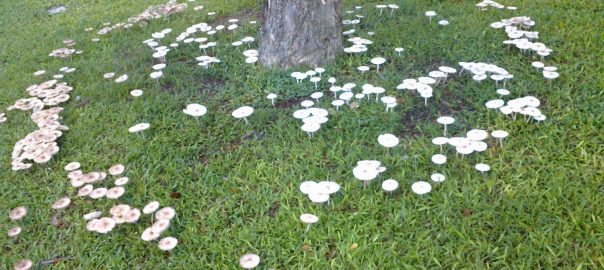
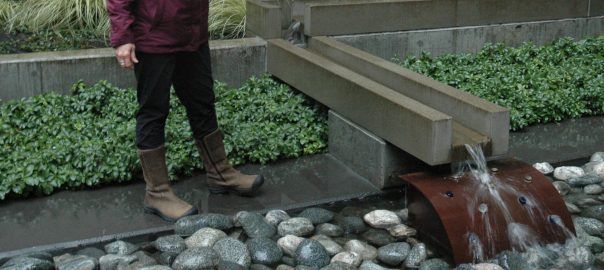


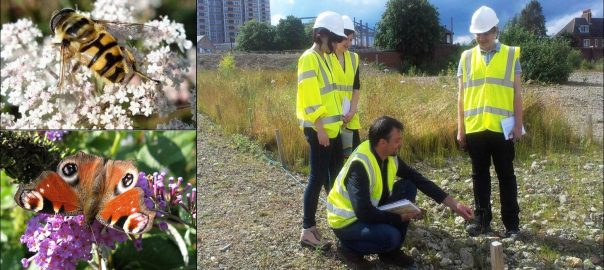
Leave a Reply